Ship Island Cruise
A hearty breakfast, a boat ride, a barrier island with a fort and a shore-side restaurant dinner: the perfect Mississippi summer day.
- story and photos by Karen Fineran
Ship Island, about two square miles in area, lies about 12 miles from Gulfport, between Horn Island on the east and Cat Island on the west. The island is part of Gulf Islands National Seashore, where the nutrient-rich waters of mainland bayous and salt marshes serve as breeding grounds for shrimp, crabs and fish. The island’s beaches provide nesting sites for shorebirds and endangered loggerhead sea turtles.
This year, Ship Island Excursions is commemorating the 80th anniversary of their flagship ferry ship, the Pan American Clipper, which has been operating continuously since 1937.
Breakfast
Our day started early on a Monday morning. The ferry leaves Gulfport at 9 a.m., and we wanted to have enough time that morning to make sandwiches for lunch and to have a filling breakfast before we started our day on the island.
A quick internet search for places near the harbor that open early led us to By the Slice Café (28 Pass Road in Gulfport), which opens at 6:30 every morning. We arrived at the café at 7:30. Service was speedy after we told the waitress that we were going to Ship Island. I ordered the house specialty, the Potato Casserole Wedge, a hearty slice of baked cheesy goodness topped with slices of bacon and more crusty cheese ($3.99). My friend had a sausage and Colby cheese omelet ($4.99), and his teenagers seemed well satisfied with their biscuits and sausage gravy. We ordered a club sandwich to go; our waitress told us that many people on their way to Ship Island order a salad or sandwich to-go from the lunch menu, or a piece of cheesecake or brownie from the well-stocked dessert case.
A few minutes’ drive brought us to the Gulfport Small Craft Harbor at the intersection of U.S. Highways 90 and 49. After a short wait, we boarded the “Capt. Pete” ferry, along with couples, families, and groups hauling coolers, chairs and backpacks. The ferry was inviting, with seating outside above deck or at comfortable tables and booths inside. There were large, clean restrooms and a snack bar.
Ship Island Excursions operates through a contract with the U.S. National Park Service, which administers the string of Mississippi barrier islands as part of Gulf Islands National Seashore. Our skipper that day was Captain Buck, one of six licensed ship captains who work for the organization. During peak season, the skippers pilot the Ship Island ferries, and during the off-season, they perform maintenance and testing on the ferries or take other maritime jobs. Captain Buck advised us that we had made a good choice by coming on a weekday. “Saturdays in summer are super busy, and they sometimes sell out. I always tell people that they’ll probably find a less crowded boat and a more peaceful beach on a weekday.”
A Short Dip Into Ship Island History
As I sipped coffee from the snack bar and read my iPad during the 50-minute ferry ride, I took the opportunity to research Ship Island’s history. (My reading was briefly interrupted when excited passengers rushed to get photos of the Atlantic bottlenose dolphins jumping alongside the ship.)
It turns out that Ship Island played quite an important role in the settlement of the Gulf Coast. Having the only deep-water harbor between Mobile Bay and the Mississippi River, the island served as a vital anchorage for ships bearing explorers and colonists. Ship Island was named by the French in 1699 (“Ile aux Vaisseaux”), who were impressed with the protected deep-water anchorage it offered their ships. Some believe that in 1699, Ship Island was the place of the first recorded celebration of Mardi Gras in what is now the United States! (A French explorer is said to have named it “Mardi Gras Island.”) After New Orleans was founded to the west in 1718, Ship Island served as the principal port of entry from Europe for French colonists. During the War of 1812, the area between Ship Island and Cat Island served as the assembling area and launching point for the 60 British ships that unsuccessfully attempted to capture New Orleans in the Battle of New Orleans.
During the Civil War, Ship Island served as the base from which Admiral David Farragut’s Union fleet sailed in 1862 to attack and capture the ports of New Orleans and Mobile. “Damn the torpedoes, full speed ahead!”
In 1933, the United States sold the western section of Ship Island, including Fort Massachusetts, to American Legion Post 119 in Gulfport. The Legion built an island fishing resort for WWI veterans, with a pier, a canteen restaurant, and cottages. It even enclosed parts of the old fort itself as rustic lodging. (The Legion turned the resort over to the National Park Service in 1971.) During World War II, the Coast Guard used Ship Island for anti-submarine beach patrol. In 1969, Ship Island was changed irrevocably when Hurricane Camille’s massive 30-foot tidal surge cut Ship Island into two separate islands, creating East and West Ship Islands. Everything on West Ship Island was completely destroyed, including a new 3,000 square foot snack bar, a power plant, and a 300-foot boat dock. East Ship Island remains mostly vegetation and wildlife, accessible only by private or chartered boat, while West Ship Island is a tourist destination, with most visitors arriving by the privately owned ferry boat company Ship Island Excursions. The gap between the two islands is still known as the Camille Cut. Since then, other major storms have breached the divided island, though these smaller breaches filled back in naturally. Hurricane Katrina almost completely submerged East Ship Island in August 2005, and wiped out the visitor and employee facilities, pier, and boardwalk on West Ship Island. All have since been rebuilt. In 2008, Hurricane Gustav and Hurricane Ike ravished the eastern half of Ship Island yet again.
A Day At The Beach
As the ferry tied up on Ship Island and passengers disembarked, a stiff wind blew and dark storm clouds threatened our plans to enjoy the sun. The crew announced that umbrellas would remain closed until the wind died down later in the morning, and they informed us that in case of rain, several covered pavilions offered shelter.
I felt reassured that the crew seemed familiar enough with the weather patterns to know that the weather was likely to clear up soon. Sure enough, within 90 minutes, the sun emerged and the sky was clear for the rest of the day. As we walked across the wooden boardwalk that crosses the island over the marsh, we passed the imposing, brick fortification of Fort Massachusetts, and then a large covered picnic pavilion with tables and benches, restrooms and showers, and a ranger station. Near the end of the boardwalk were another covered picnic pavilion, more restrooms, and the Ship Island concessions and gift shop just as we reached the south beach. At the shop, reclining canvas lounge chairs could be rented for $5 per day, and large umbrellas for $15 per day.  Shoofly correspondant Karen Fineran and Ray Lentz Shoofly correspondant Karen Fineran and Ray Lentz
The teenagers with us wasted no time diving into the frothy surf, inventing challenges to amuse themselves, and renting boogie boards and inner tubes at the nearby snack bar pavilion. We sank down in our folding carry-on chairs to take in the sun and watch the antics of the crabs skittering nearby. We read, fed the seagulls, had a couple of beers from our cooler, and darted into the surf whenever we felt warm.
Within an hour, everyone felt hungry enough to dive into our food supply and bring out the chips, fruit, and ham and cheese sandwiches that we had made that morning. Even so, we found ourselves later in the afternoon eyeballing the grilled food for sale at the snack bar. We picked out some chili-cheese hot dogs, chips and beer to eat under the shaded pavilion with a pleasant view of the Gulf. While we were there, we also bought some pretty cool Ship Island hats, visors and swim trunks.
A Tour of Fort Massachusetts
Like many other visitors that day, we took a break from the beach to stroll around historic Fort Massachusetts on the sand spit at the extreme western tip of Ship Island. We also stopped to read every instructional placard placed about to get a little context of the fort’s purpose and history.
The formidable brick and granite fort was commissioned to protect New Orleans from foreign invasions, like the unsuccessful British attack in the 1815 Battle of New Orleans. Its construction began in 1859 and continued up to the Civil War, when the Confederates named the uncompleted structure Fort Twiggs after one of their generals. However, the only action that the fort saw during the war was a 20-minute cannon exchange in the summer of 1861 between the Confederates in Fort Twiggs and the Union steamer USS Massachusetts. Ship Island was soon abandoned by the Confederates because they felt it could not be adequately protected, and the Union took possession of the island the same year, renaming the fort Fort Massachusetts in honor of the Union warship that had seized the abandoned outpost. We became absorbed by the small museum, exhibits and informational placards installed around the fort. We learned that the fort had become a prison for Confederate prisoners of war, and that there are more than 153 Confederate soldiers buried on Ship Island. Ship Island was also the base for the U.S. Second Regiment (Louisiana Native Guards Volunteers), one of the first American units composed of African-American soldiers. After Fort Massachusetts sat mostly empty for over 30 years, it was abandoned by the federal government in 1900. A sole cannon still stands guard from on top of the fort today.
The Skrmetta Family
The original “Captain Pete” was Martin Skrmetta, an 18-year-old Croatian fisherman from the Dalmation island of Brac who immigrated to Biloxi in 1903, a time when the harvesting and canning of oysters and shrimp was the city’s chief industry. The hardworking young man began working for his uncle, piloting the wood sailing schooners that hauled millions of pounds of oysters and brown shrimp to be processed at Biloxi’s seafood canneries.
In time, Skrmetta became a first-rate skipper, and in the early 1920s, the entrepreneur had his own 56-foot diesel-powered schooner built. He named that first boat the Pan American, establishing in 1926 the company that is now Pan Isles, Inc., doing business as “Ship Island Excursion Ferries.” In the 1920s, a shortage of freezer facilities caused the shrimping industry to have to shut down during the summer months. Shrimpers began using their vessels to haul general cargo in summer, such as clamshells destined for private driveways. It was then that Captain Pete began to charter his ship for summer pleasure cruises into the Mississippi Sound.
Biloxi was a major resort area in the Roaring Twenties, and the Pan American carried a jazz band, tap dancers and a roulette wheel aboard the boat. Tourists were ferried from Biloxi to the Isle of Caprice between Ship and Horn Islands, known as “the Monte Carlo of the South.” There, tourists gambled and danced the evening away, on the boat and in the casino and dance hall on the island.
Unfortunately, the Isle of Caprice literally sank into the Gulf due to natural and manmade causes (like tourists removing the sea oats for souvenirs). By 1932, the island was completely submerged (and still is), so that year, Skrmetta purchased property on the eastern part of Ship Island to develop his own tourist resort.
With its dock and small beach pavilion providing access to pristine swimming waters, Ship Island became a popular destination. As the number of tourists increased, Captain Pete built three increasingly larger excursion boats: Pan American Clipper (1937), Gulf Clipper (1950), and Pan American II (1963). After Captain Pete’s death in 1963, his son Peter Mathew Skrmetta continued to manage and finance the operation, which expanded the same year with daily departures from Gulfport.
The National Park Service purchased the island in 1971, and the Legion turned the business over to the NPS. The Skrmetta family continued as usual, ferrying and providing concession services for the NPS. In 1981 Peter built another ferry, the 65-foot, 150-passenger Island Clipper, to support the increasing Gulfport passenger counts. In 1990, the company purchased the 110-foot, 374-passenger Gulf Islander, and in 2000, another large aluminum vessel, the 100-foot, 308-passenger, Capt. Pete. The business is now owned and operated by Peter’s four sons, and operates three passenger ferries, the air-conditioned Capt. Pete and Gulf Islander, and the smaller, historic 65-foot Pan American Clipper. The oldest of Captain Pete’s grandsons is Louis Skrmetta, Pan Isles’ CEO and president. He is also known as Captain Lou, and is one of three siblings who skipper the family’s ferries to Ship Island. His brother, Captain Kenny, is also one of the company’s active ferry skippers, and his brother Steven is a licensed skipper as well. Louis described his earliest memories of Ship Island, riding on the Pan American Clipper in the early 1960s on his grandfather Captain Pete’s lap when he was six or seven years old, being allowed to “steer” the ship, and then camping out on the island with his siblings and cousins. “We used to all sleep together in the big screened-in porch of the snack bar,” he remembered fondly.
“The business is a true family business,” Louis enthused. “Just like me and my brothers did, my nephews and young cousins are training to move up the ladder. We start off as teenagers working in the snack bar and as barbacks. Then we train as deckhands onboard, and then when we turn 18, we apply for our captains’ licenses and take the exam.” His own son Peter Joseph Skrmetta got his captain’s license five years ago when he was 23, Louis added with pride.
Since he was a child, Louis has been fascinated by the history of the island, and the role that it has played from the colonial era to the present. “Ship Island is such a children-friendly, family-oriented excursion to begin with, but kids who are interested in history can really benefit, like I did. “The National Park Service has staff on the island at all times, and they give historical tours. Also, NPS has joint programs with the University of Southern Mississippi to bring kids here for a maritime summer camp.” Louis also pointed out that some of the most special things about the island that are often missed by casual visitors are the serene and scenic hikes. The hike toward the east end of the island is about one and a half hours each way, and the easier hike toward the west end is about 30 minutes each way. I made a note of that for my next visit.
A Fitting Cap to the Day
At about 4:15, we walked back over the boardwalk to the other side of the island to check out the beach there and to wait for the 5:00 ferry. Pleasantly fatigued and mildly sunburned, we started driving back toward Bay St. Louis, keeping a sharp eye out for an outdoor restaurant where we would feel comfortable sitting with our still sandy clothing.
Bacchus On The Beach in Pass Christian (111 West Scenic Drive) hit the spot, with a large outdoor patio and a long covered bar, a view of the Gulf, and platters of raw and charbroiled oysters with cold drinks (we barely missed half-off oyster happy hour, which ends at 6 p.m. every day). Everyone agreed that it was a fine ending to a good day. If you have never been to Ship Island, then you’ve missed out on one of Mississippi’s treasures. And if you haven’t been to Ship Island since your childhood, take your children, to share with them one of the rare experiences that has remained essentially unchanged from the time of your childhood to theirs.
All You Need To Know
The excursion costs $29 per adult and $19 for children aged 3 to 10 (babies are free). If you’re going to take the family out more than a few times over the summer, your best bet may be the Frequent Rider Pass (10 adult trips for $205, or about $20 per person per day; or 5 adult trips for $115, or $23 per person per day). Discounts are offered to active military personnel and senior citizens for $27.
From mid-May through mid-August, ferries depart Gulfport at 9 a.m. and noon, and depart Ship Island for the ride back to Gulfport at 2:30 p.m. and 5 p.m. This schedule permits visitors to enjoy either a whole day or a half-day on Ship Island. In the spring, from mid-March to mid-May, and in the fall, from mid-August to the end of October, the ferries make two round trips daily on weekends (departing Gulfport at 9 a.m. and noon, and departing Ship Island at 2:30 p.m. and 5 p.m.) and one round trip daily on Wednesdays, Thursdays and Fridays (leaving Gulfport only at 9 a.m. and leaving Ship Island only at 5 p.m.). There are no trips on Mondays or Tuesdays in the spring or fall, and the ferry does not operate at all in the winter between November and mid-March.
Bring some cash onto the island if you want to buy snacks or gift items (the ticket office in Gulfport takes credit cards, but not on the boats or on the island). The snack bar sells cheeseburgers, chicken wraps, nachos, hot dogs, beer and sodas.
You are welcome to bring compact folding chairs and umbrellas, any ice chest not exceeding 42 quarts, and any beverages you like, so long as they are not in glass bottles or containers. Umbrella and chair rentals are also available there ($5 per chair, $15 per umbrella). And be sure to come prepared for the sun and possibly intense heat; if you are sensitive to burning, bring hats, high-SPF sunscreen and long-sleeved protective clothing. The main beach is staffed with lifeguards. The fleet remains active year-round with chartered special event shoreline cruises such as corporate parties, weddings, cocktail parties, and class reunions, typically a sunset cruise from about 7 to 9:30 p.m., with catering and entertainment options available. For more information, call 228-864-1014. Comments are closed.
|
Categories
All
Archives
July 2024
|
Shoofly Magazine Partners
Our Shoofly Partners are local businesses and organizations who share our mission to enrich community life in Bay St. Louis, Waveland, Diamondhead and Pass Christian. These are limited in number to maximize visibility. Email us now to become a Shoofly Partner!

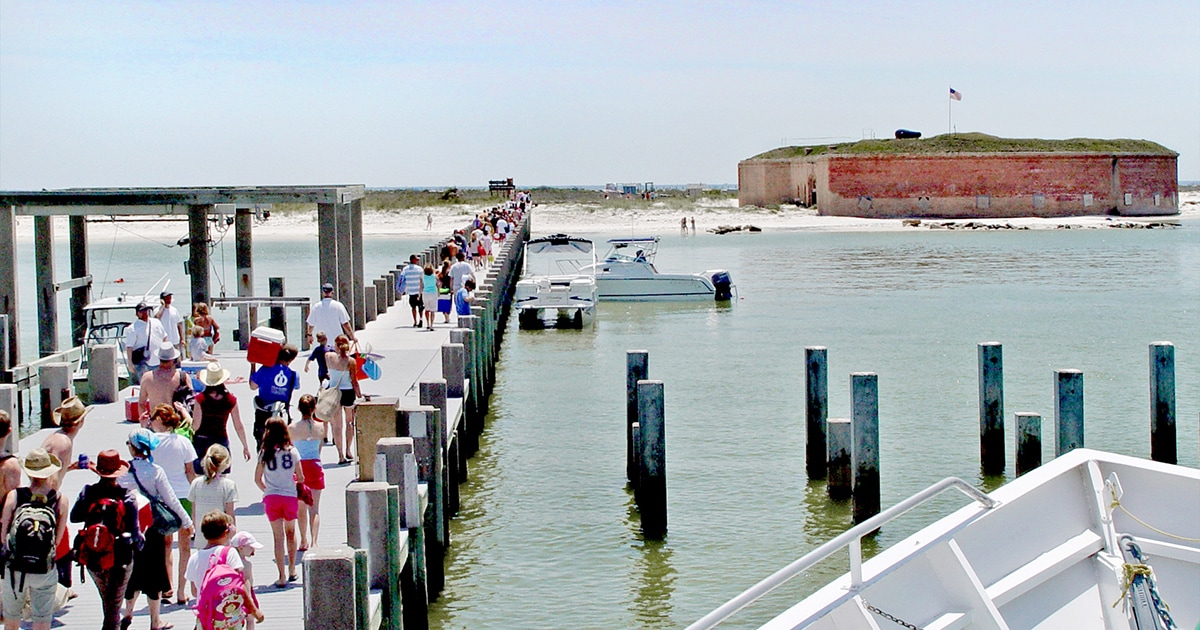
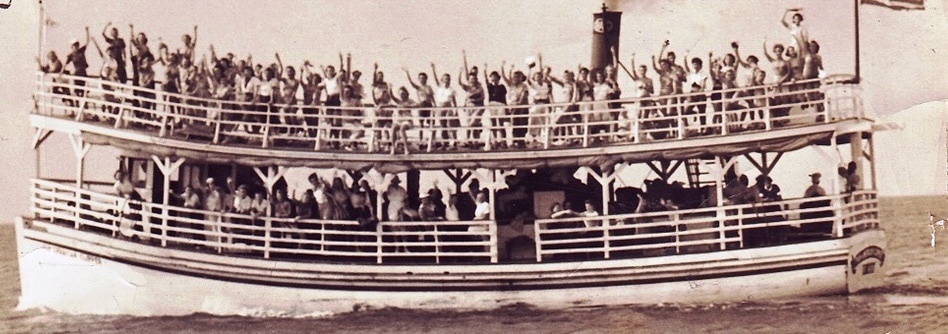

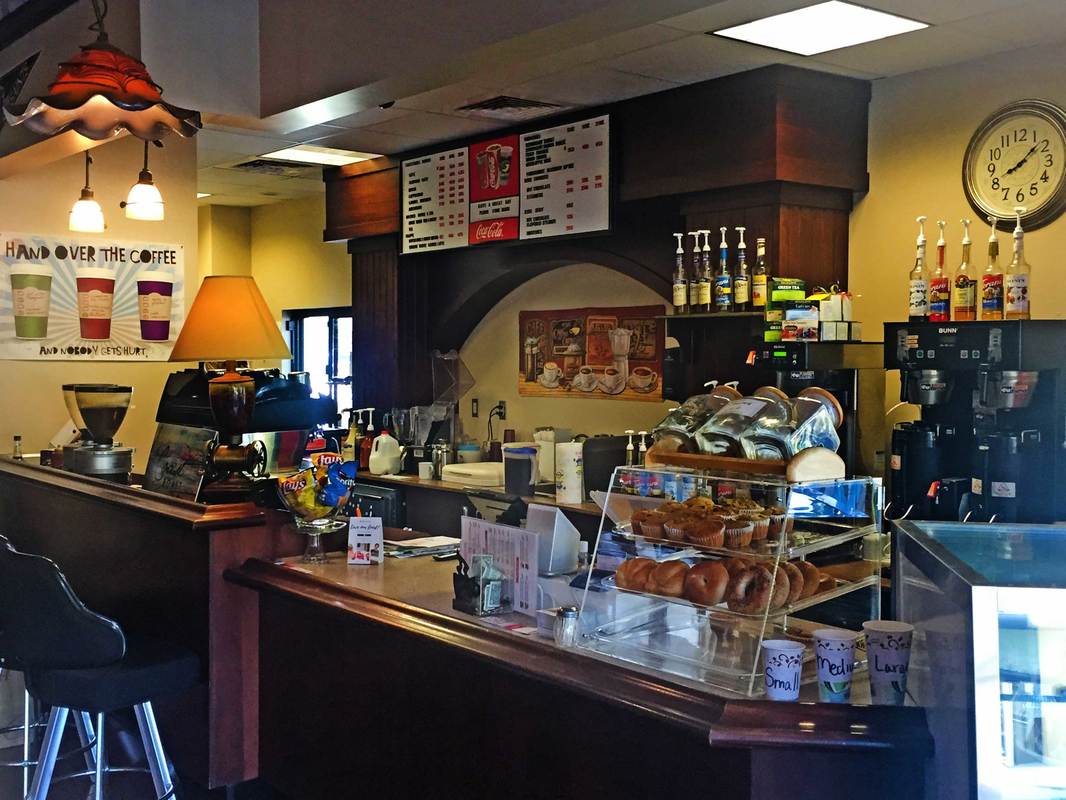
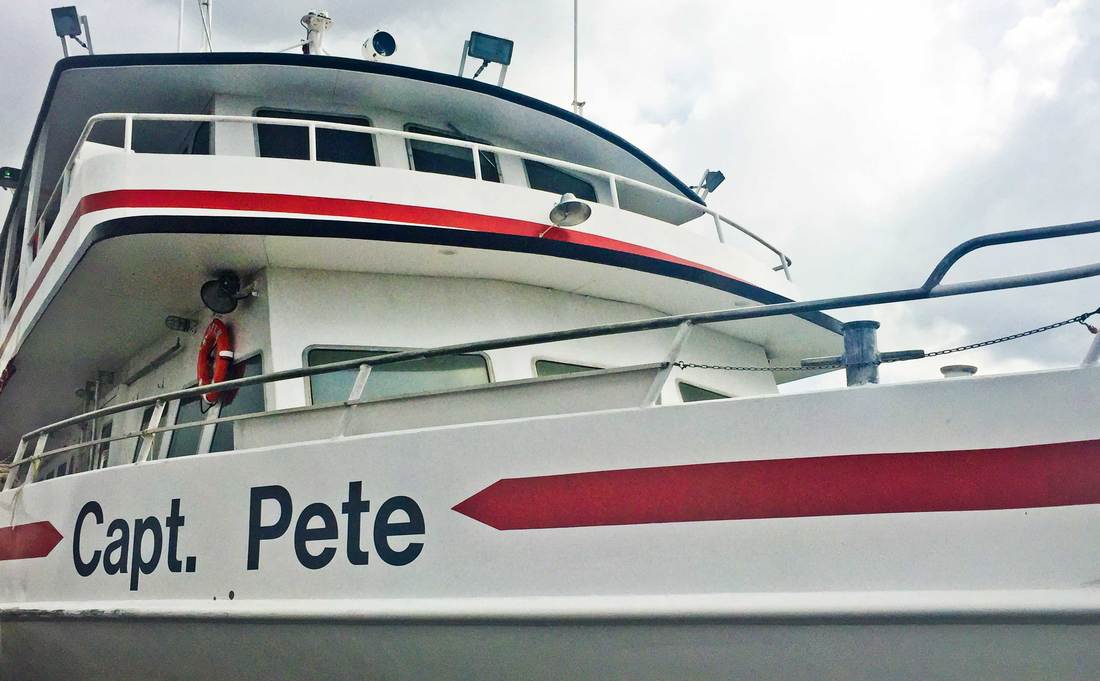
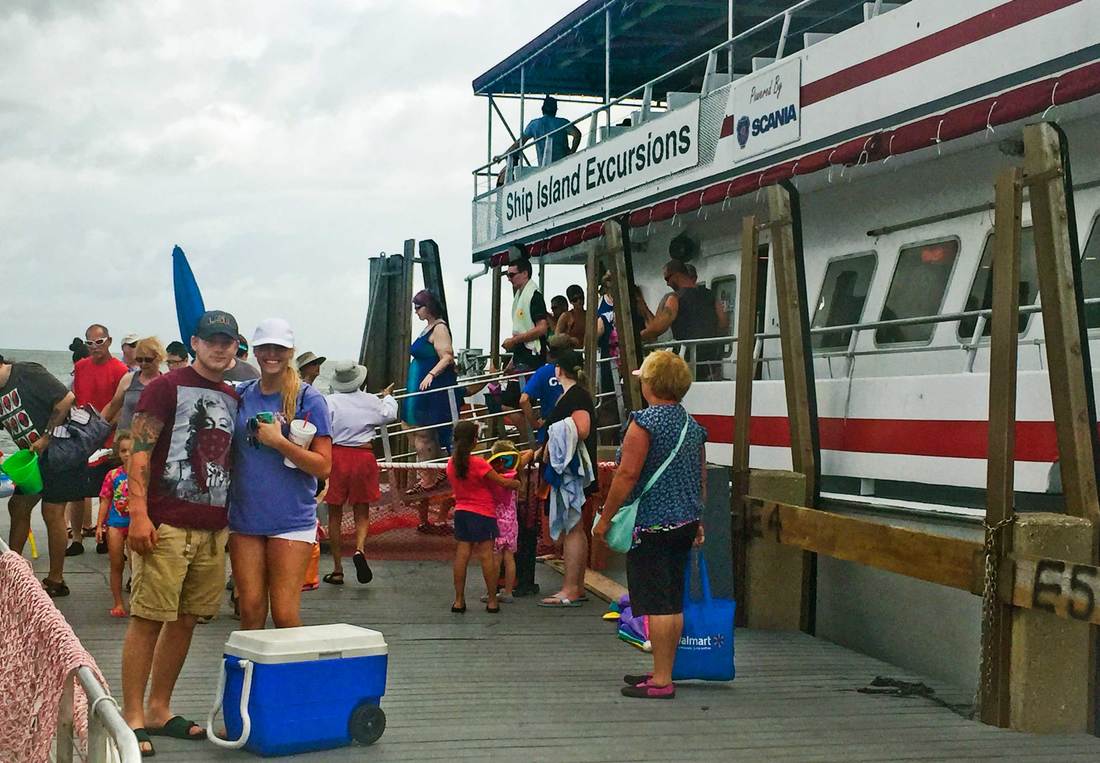
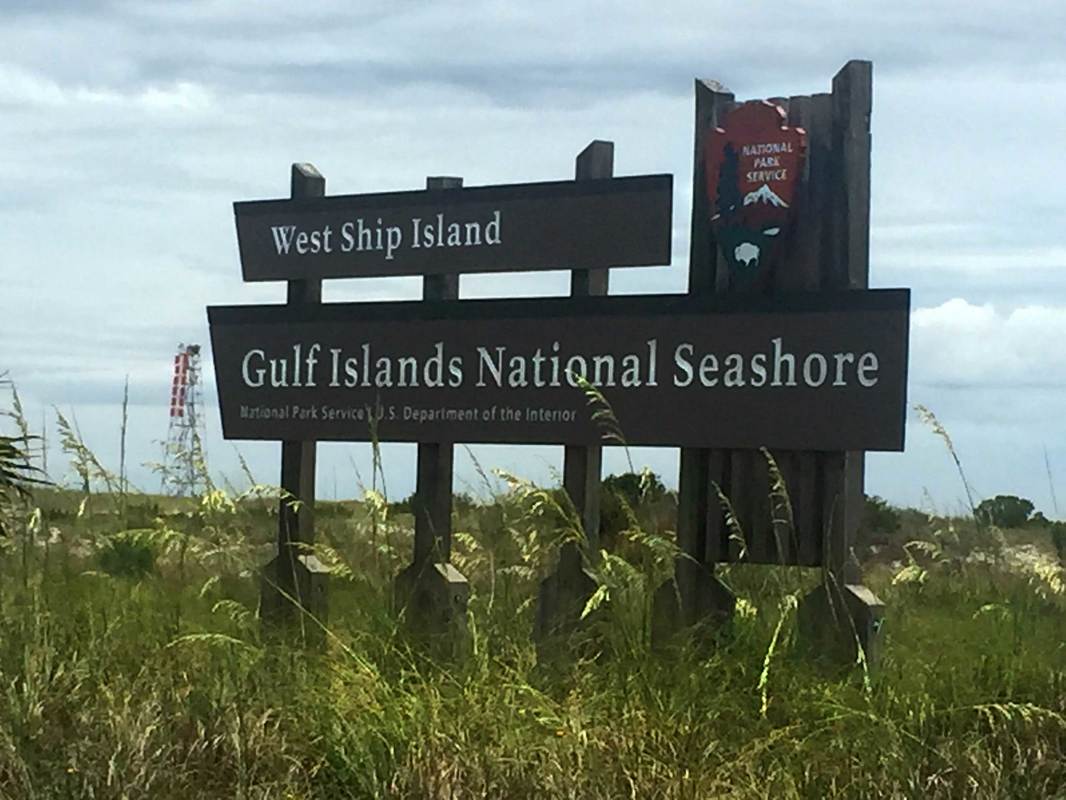
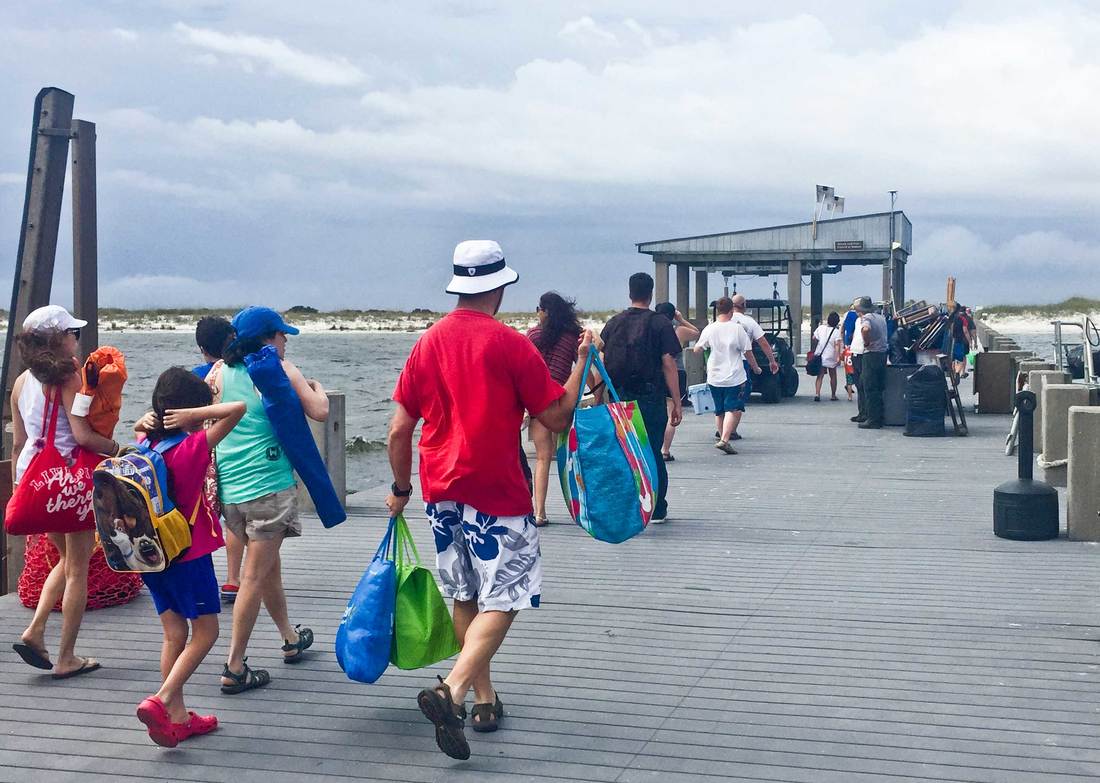
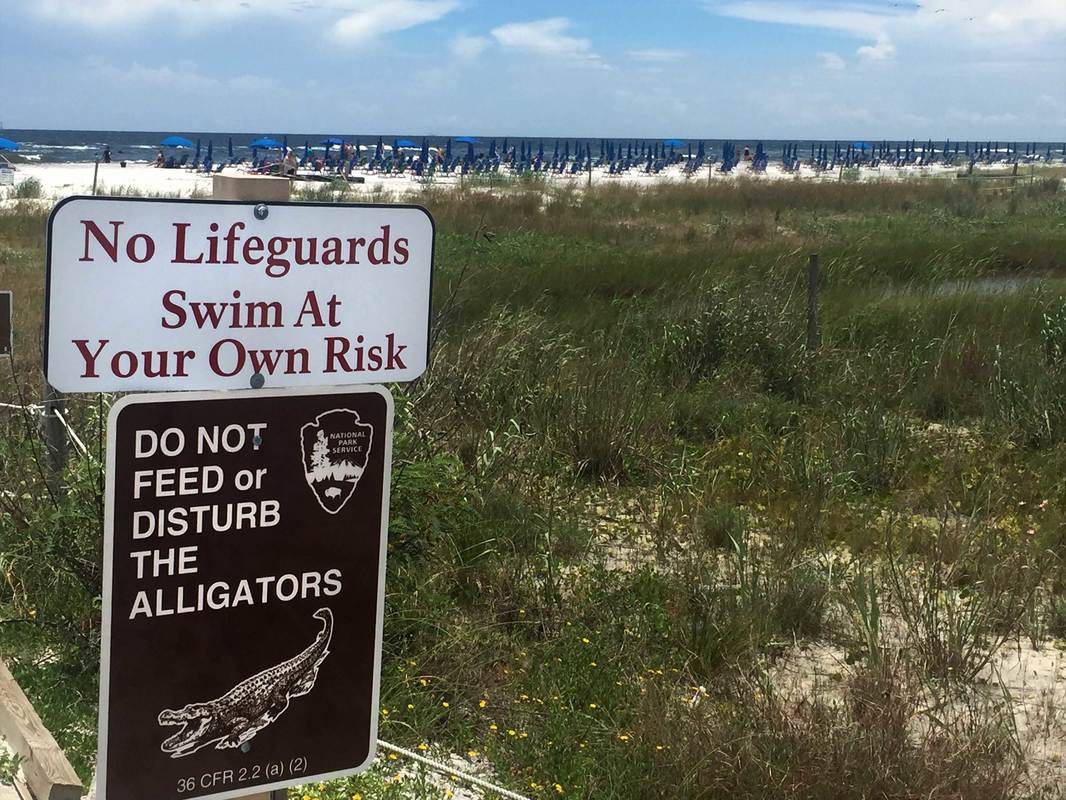
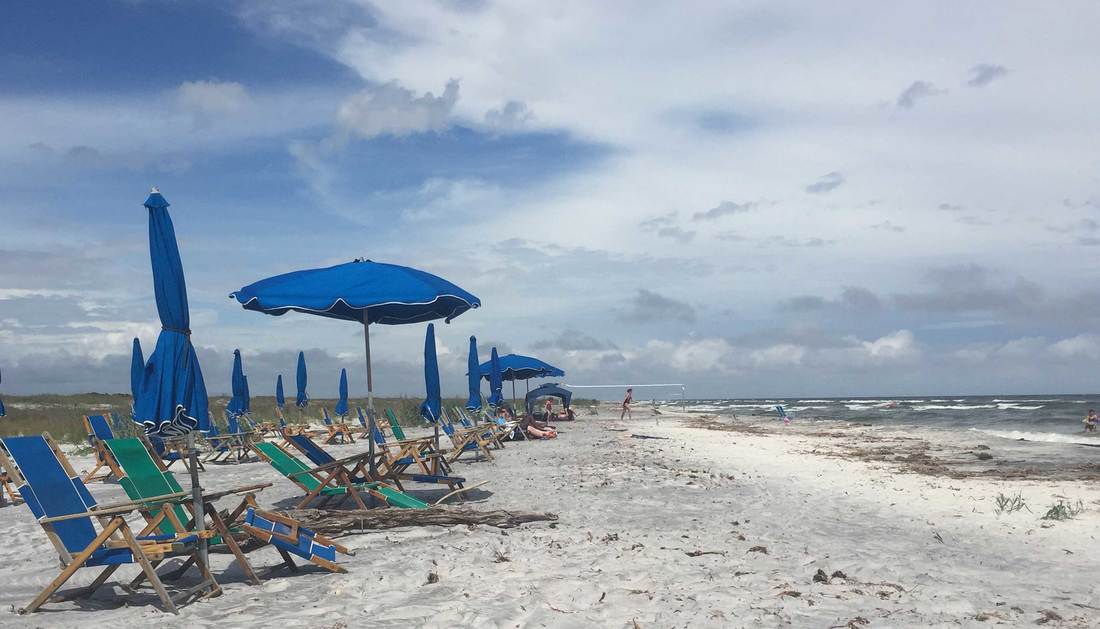
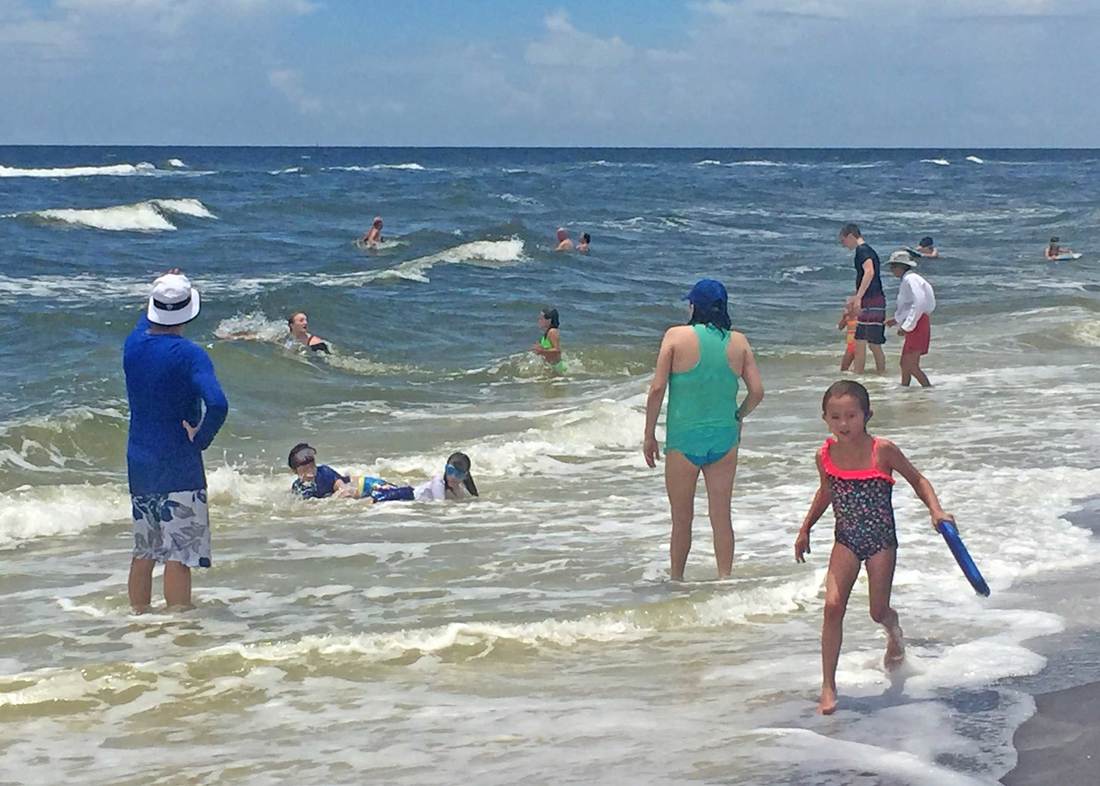
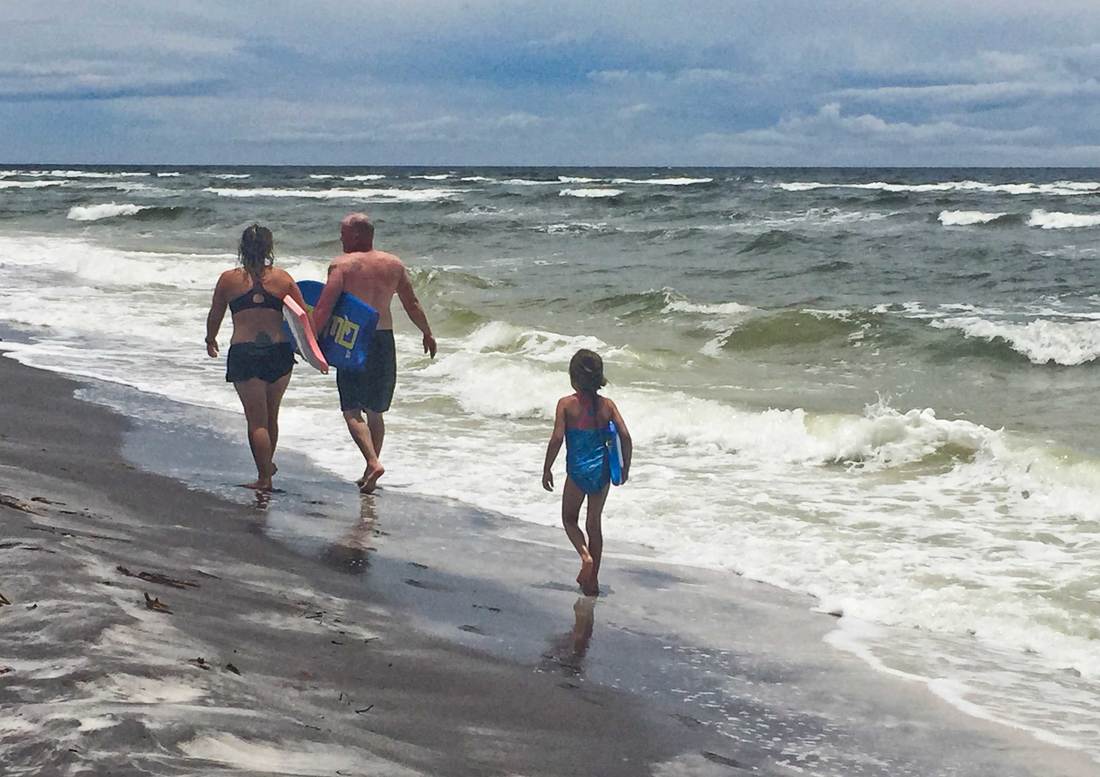
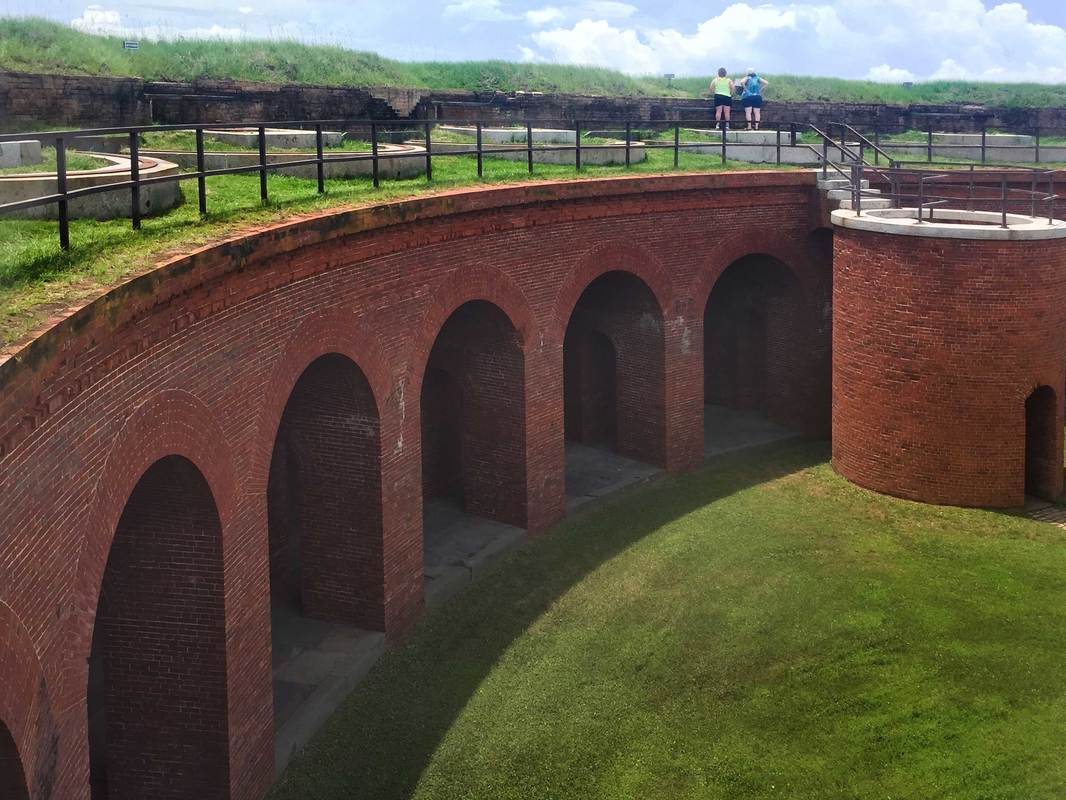
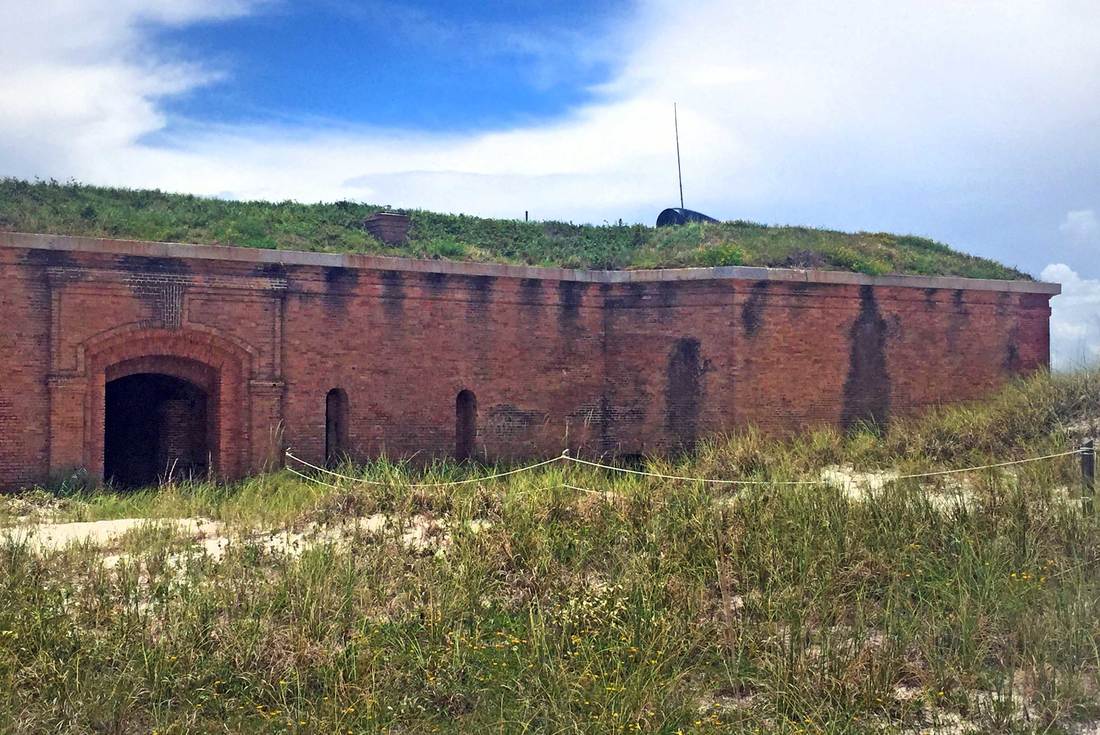
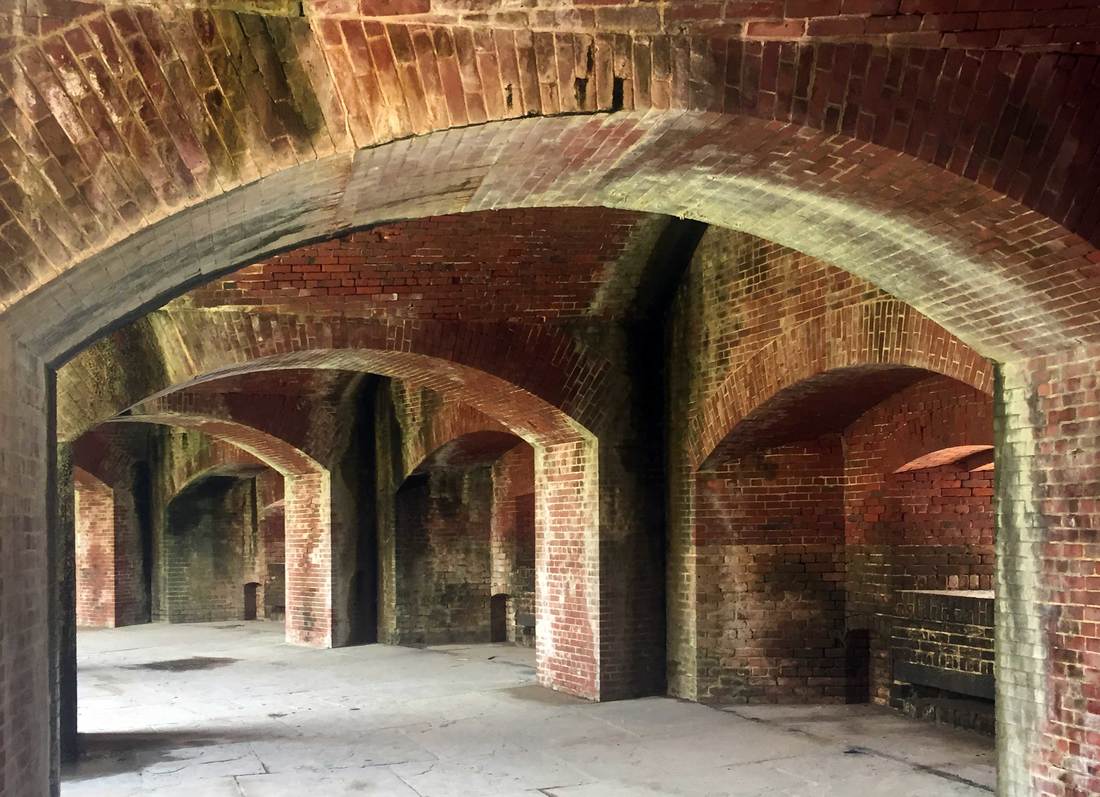
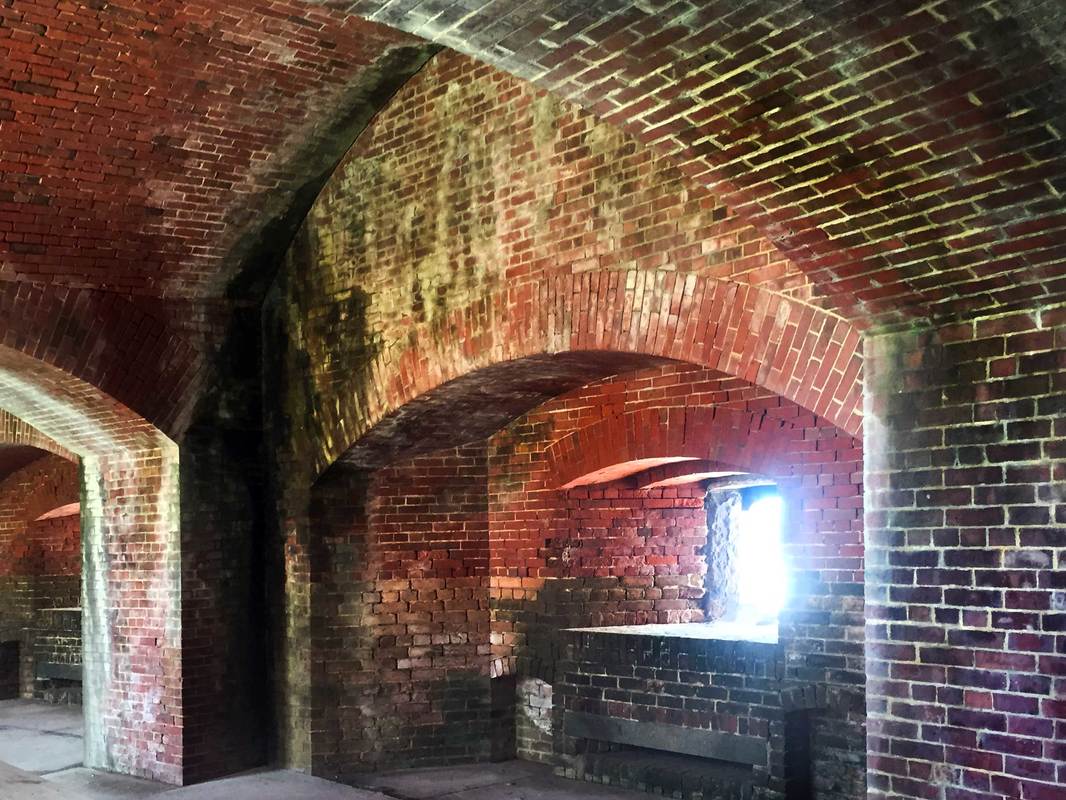

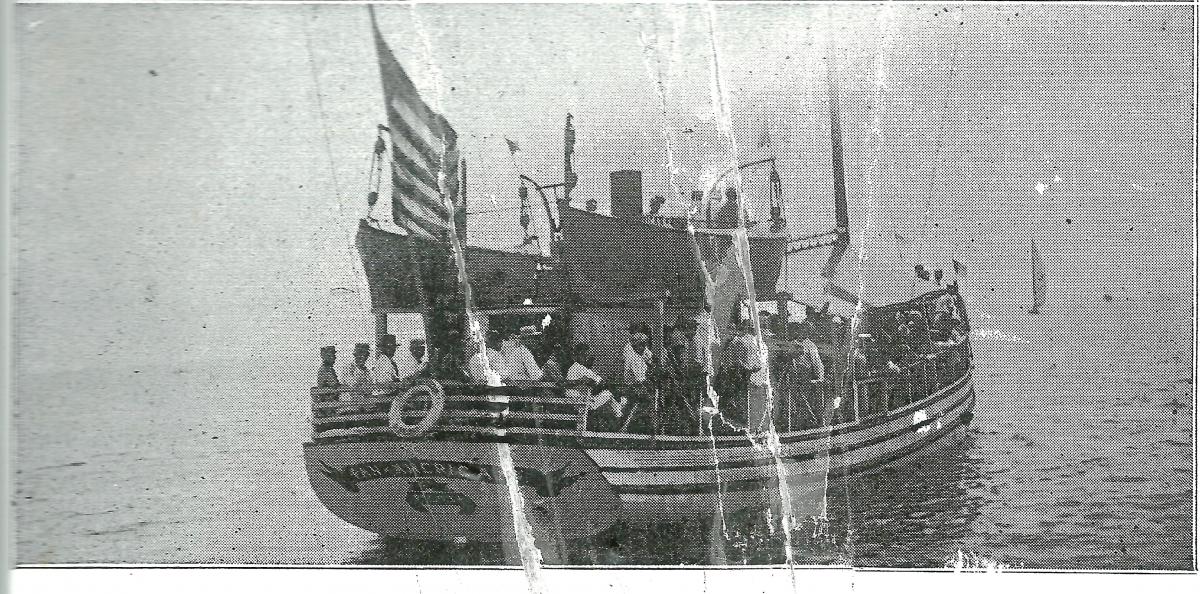
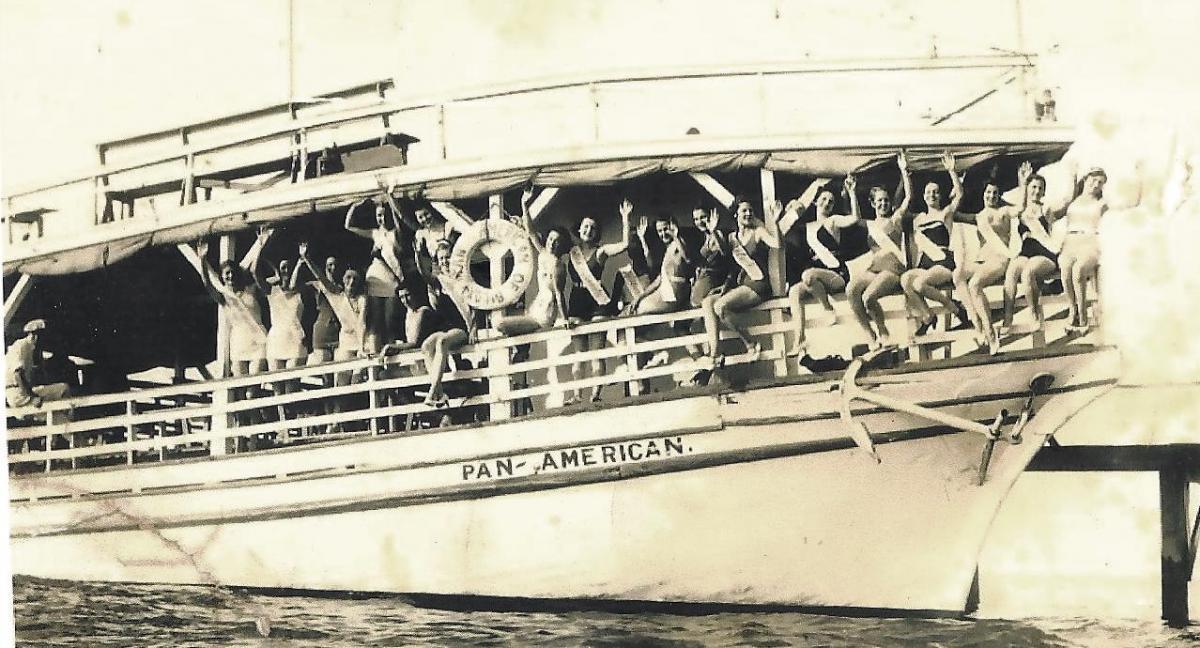
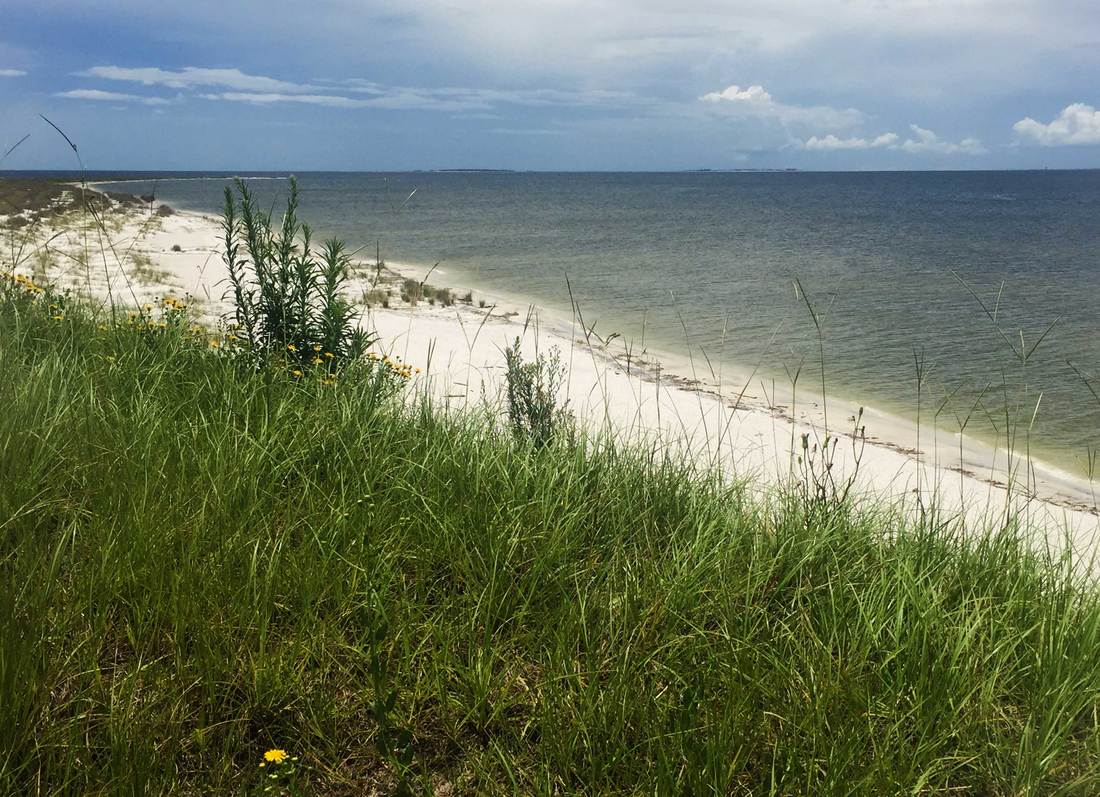
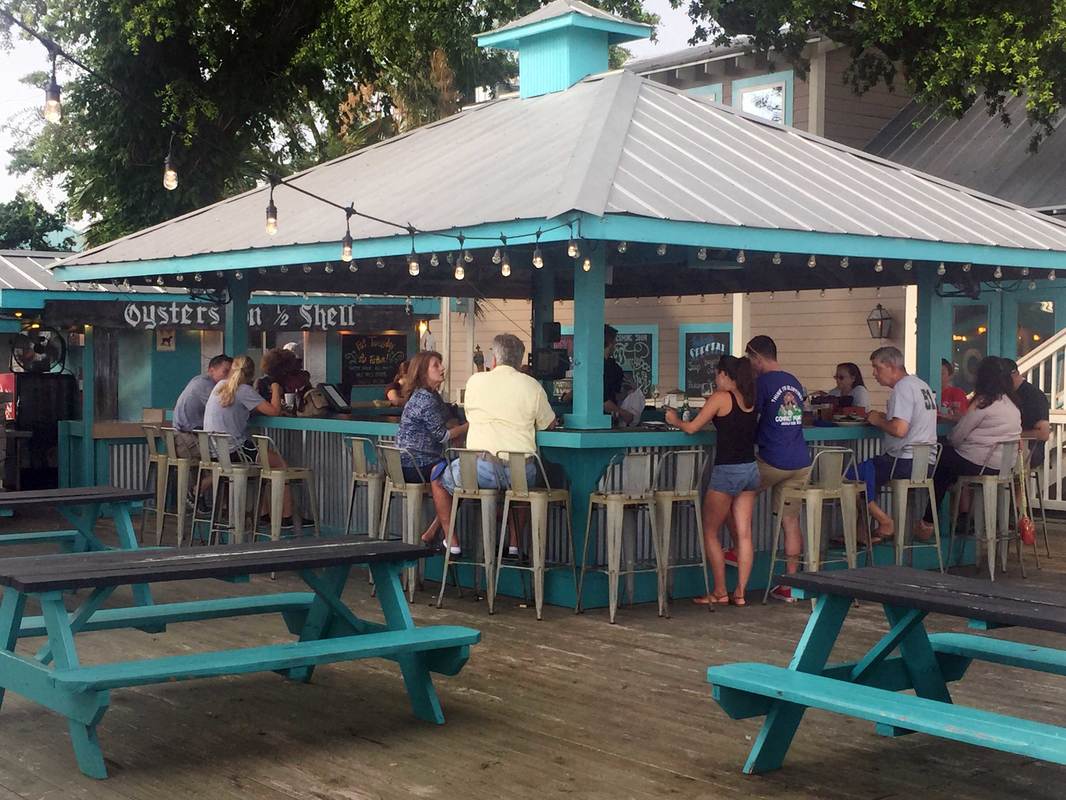
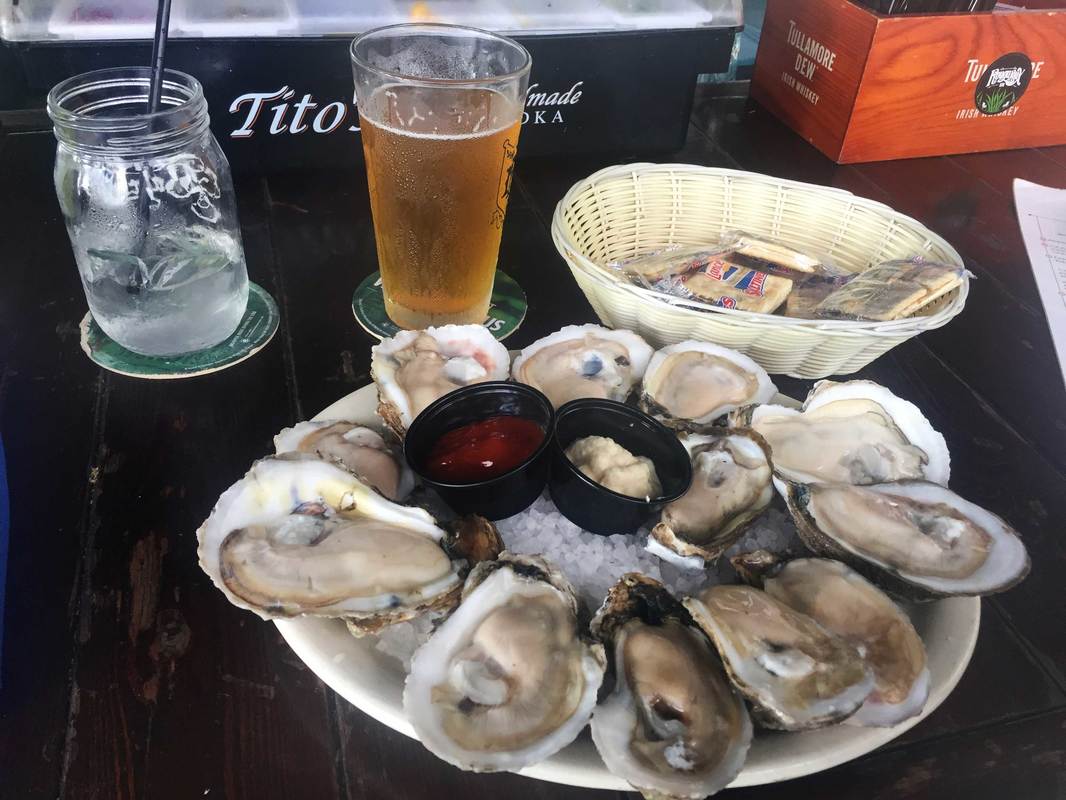

























 RSS Feed
RSS Feed























